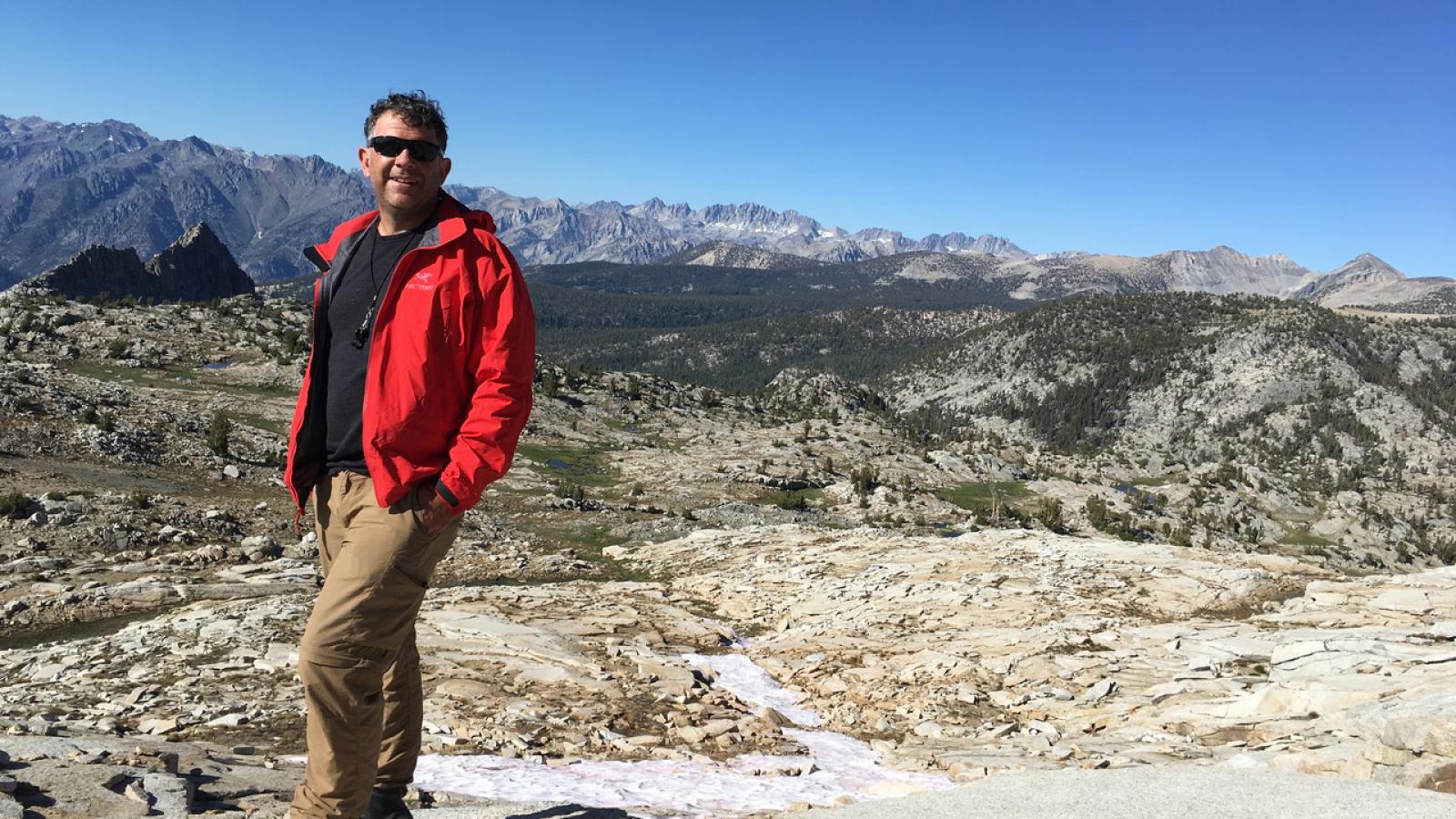Geology Professor Jade Star Lackey is the recipient of a National Science Foundation grant of more than $100,000 for his collaborative research with Caltech studying the chemistry of mafic rocks, an important building block of the continents.
Lackey and his team’s research will be conducted alongside both Pomona College undergraduate and post-baccalaureate students as well as a Caltech graduate student. Additionally, the team will provide earth science classroom lessons and field trips for middle and high school students from the Big Pine Unified School District (BPUSD) in Owens Valley, California. The BPUSD is comprised of a student population that is about 50 percent Native American and more than 40 percent Latina/o, two underrepresented groups in geosciences.
For Lackey, this research builds upon 15 years of continuous work with students and colleagues in Sequoia and Kings Canyon National Parks “figuring out the ‘recipe’ for the granitic magmas that 80-120 million years ago were building what would become the crustal backbone of what is now California,” he says. But this time, rather than study iconic granites, the Pomona effort in this particular research is to go into “forgotten” areas of the Sierra Nevada that haven’t been studied in detail since the early 1960s, he says. Lackey and the students are hiking into remote country to sample specific bodies of granite, called plutons, that are characterized by their different proportions of minerals.
“We’re trying to figure out how much time passed between the formation of the different plutons and how they might capture changes in the systems of subduction that produced the different rocks that we may see continuously outcropping over hundreds, or even thousands of square kilometers. Perhaps these plutons tell us about disruptions or transitions in the magma systems that operated at that time,” says Lackey.
He says the Pomona research group is looking to fill “big holes” in the understanding of specific periods of magma production that correspond to tectonic shifts and adjustments and hope to give a higher fidelity record of what happens to cause shifts or reorganizations of magma systems on timescales of one to two million years.
Lackey notes that Pomona's David W. and Claire Oxtoby Environmental Isotope Laboratory (located in the Seeley G. Mudd building) allows students to date these rocks “in house” with its laser system and mass spectrometer.
“We've got a host of other analyses we can do to help tease apart how the chemistry of the rocks reflect the original magma sources that produced them. Besides understanding how the fringes of continents grow and recycle pre-existing rocks during magmatism, the work lends toward understanding how modern volcanic and hydrothermal systems operate, which can help us understand geothermal and metal resource distributions, but also potential eruptive hazards.”
